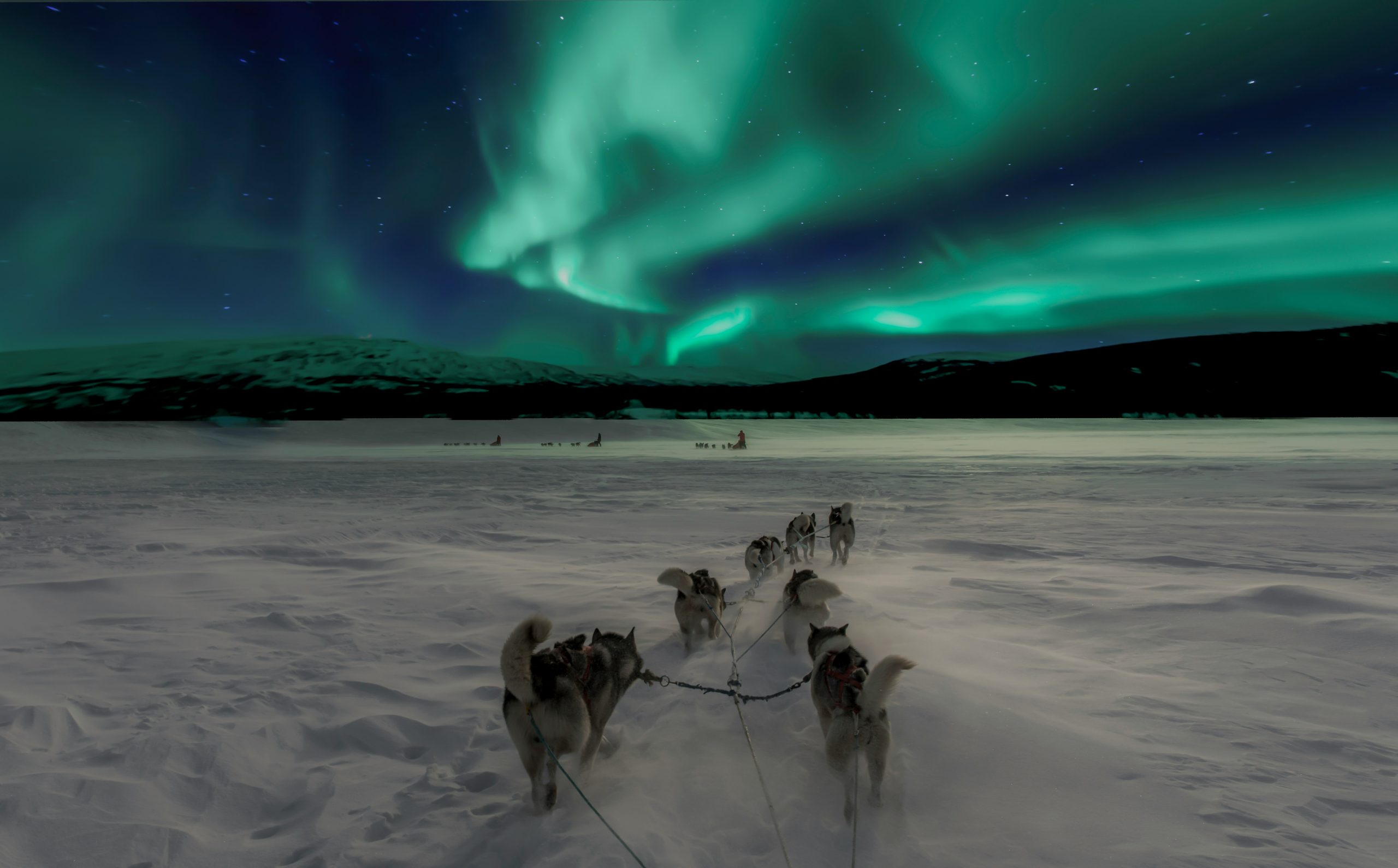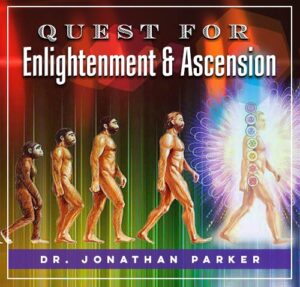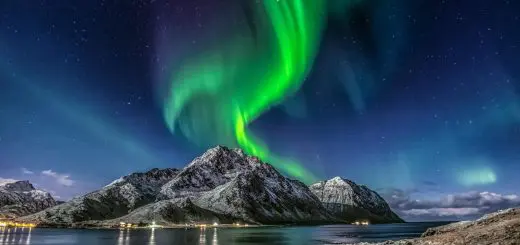Is There Life After Death? Theories and Beliefs

Looking for more amazing products? Check out our online store and explore our collection here! Happy shopping!
Before diving in, please note: This post is for informational purposes only. If you’d like to know more about how we approach topics, feel free to check out our friendly Disclaimer Page.
Hey there, amazing readers! 
We’re committed to delivering quality posts, and your support (even just sticking around despite the ads) means everything to us. So, bear with us, and thanks for helping us keep the good vibes rolling. Now, on to the fun stuff!
TRANSLATE BUTTON AT THE END OF THE ARTICLE
A Quick Overview
The question of whether life continues after death is a topic that has piqued human curiosity for centuries.
We often find ourselves pondering what happens when our time on Earth comes to an end.
Is there a grand reunion with loved ones?
A peaceful sleep?
Or perhaps a reincarnation into a new existence?
These questions tap into our deepest fears, hopes, and beliefs.
In this article, we’ll embark on a journey through various theories and beliefs surrounding life after death, blending history, science, spirituality, and personal anecdotes along the way.
Exploring the Mystical Question: Is There Life After Death?
Isn’t it fascinating?
Every culture and belief system wrestles with the question of life after death.
For many, the idea of an afterlife provides comfort amidst the chaos of our daily lives.
We wonder if our souls persist, if our consciousness continues, or if death is simply the end of the line.
Imagine a world where every part of you—the memories, the love you shared, and the lessons learned—could carry on.
That’s an alluring thought!
Yet, it raises questions: What does it mean to exist beyond our physical forms?
Some people find solace in the idea that death is a transition.
Others think it might be the end of everything, akin to a light being switched off.
As we explore the views of different cultures, religions, and even scientific insights, we might find that our individual beliefs play a critical role in how we approach death.
I remember chatting with a friend about her grandmother’s passing. “I know she’s out there, watching over us,” she said, her eyes sparkling with hope.
This sentiment captures the essence of many beliefs: a connection that transcends physical boundaries.
A Brief History of Afterlife Beliefs Through the Ages
Let’s take a stroll down memory lane!
Our understanding of the afterlife has evolved dramatically over time.
In ancient Egypt, people believed in a complex afterlife where the dead were judged by Osiris.
Those deemed worthy enjoyed eternal bliss, while the unworthy faced despair.
The Greeks, on the other hand, had a more diverse array of beliefs.
They envisioned the Underworld, ruled by Hades, where souls traveled based on their earthly deeds.
Think of it as a cosmic grading system!
In contrast, during the Middle Ages, Christian beliefs shaped many views about the afterlife.
Heaven, Hell, and Purgatory became central themes in European thought.
This era emphasized moral behavior, as one’s fate was often dictated by their actions on Earth.
Explore the Path to Spirituality and Enlightenment – Start Here.
Moving into the Enlightenment, rational thought and skepticism about religious dogma began to emerge.
Philosophers like Voltaire and Rousseau questioned traditional beliefs, leading to a more secular approach to life after death.
Fast forward to today, and the conversation has expanded even further.
With advancements in science and technology, we now have new lenses through which to examine life after death, merging ancient wisdom with modern understanding.
Major Religions and Their Views on Life After Death
When we delve into the beliefs of major religions, we find a rich tapestry of thought.
Christianity teaches of eternal life through faith in Jesus Christ.
Heaven awaits believers, while others face eternal separation from God.
Islam presents a similar view, emphasizing judgment day.
Good deeds lead to paradise, whereas wrongdoing may result in punishment.
Hinduism sees life as a cycle of birth, death, and rebirth (samsara).
The soul (atman) is immortal, and one’s actions (karma) influence future lives.
Buddhism offers a nuanced perspective.
Life is ultimately an illusion, and the goal is to escape the cycle of rebirth through enlightenment (nirvana).
Interestingly, these perspectives often overlap in value.
Love, compassion, and moral integrity remain universal themes that bind humanity across various faiths.
Personally, I find it remarkable how these beliefs shape communities.
People gather in places of worship, share joys, and find comfort in shared traditions, all rooted in their afterlife beliefs.
Scientific Perspectives: What Do Experts Say About It?
Now, let’s turn to the scientists.
Their approach to the afterlife is grounded in evidence and inquiry.
Neuroscientists often point to brain activity and its correlation with consciousness.
When the brain ceases to function, many argue that consciousness does too.
However, some researchers delve into near-death experiences (NDEs).
These experiences often involve sensations of floating, seeing bright lights, or encountering deceased loved ones.
Skeptics argue that these are simply brain responses to trauma, while enthusiasts view them as proof of an afterlife.
Dr.
Sam Parnia, a critical care physician, has studied NDEs extensively.
He suggests that consciousness may exist independently of the brain.
His research challenges the conventional understanding of death, igniting debates in the scientific community.
Let’s not forget the field of quantum physics, where some theorists postulate that consciousness might exist in a non-physical form.
Though these ideas remain speculative, they open intriguing avenues for exploration.
In essence, the scientific community is divided.
Some argue against an afterlife, while others entertain the possibility.
This dance between science and spirituality continues to spark debates and discussions among experts.
Near-Death Experiences: Glimpses of the Afterlife?
Near-death experiences have become a focal point in the discussion of life after death.
Countless individuals report vivid accounts of their experiences during moments of clinical death or extreme trauma.
Common themes include:
- A feeling of peace: Many describe a profound sense of tranquility.
Out-of-body experiences: Some claim to observe their surroundings from above, often recounting details they should not know.
Encounters with deceased loved ones: A comforting aspect for many, reinforcing the belief in a continued existence.
While skeptics attribute these experiences to brain chemistry, others view them as evidence of a spiritual realm.
For instance, a friend of mine once shared her father’s NDE.
He spoke of meeting his late brother, which brought her comfort even during her grief.
What’s fascinating is that these experiences bridge the gap between science and spirituality.
They provide personal narratives that resonate with many, adding layers to the afterlife discussion.
Reincarnation: The Cycle of Life and New Beginnings
Reincarnation, or the belief in rebirth, is a central tenet in several religious and spiritual traditions.
It suggests that the soul is continually reborn into new bodies across different lifetimes.
Hinduism and Buddhism are the most notable proponents of this idea, but it finds resonance in various cultures worldwide.
Key elements of reincarnation include:
- Karma: The moral law of cause and effect.
Good deeds lead to better rebirths, while negative actions may result in challenges in future lives.
Life lessons: Each life provides opportunities for growth and learning, shaping the soul’s journey.
Connection: Many believe that relationships can transcend lifetimes, creating bonds that carry over from one existence to another.
- Karma: The moral law of cause and effect.
I once listened to a fascinating podcast featuring a regression therapist.
She recounted stories of clients who recalled past lives, often with astonishing details.
Whether these accounts are memories or imagination remains a topic of debate.
Yet, they certainly add allure to the concept of reincarnation.
This belief raises the idea of life being a continuous journey, rather than a finite experience.
How liberating to think that our essence can evolve and grow over time!
Spiritualism: Communicating with the Other Side
Spiritualism, a movement that began in the 19th century, is built around the belief that the living can communicate with the spirits of the deceased.
Through mediums, individuals seek messages from loved ones who have passed on.
Spiritualists believe:
- The soul survives death: This core belief drives the practice of mediumship.
Messages and guidance: Many find solace in receiving signs or messages from those who have transitioned.
Healing: Communication with spirits often provides emotional healing for the bereaved.
I once attended a local spiritualist gathering.
The medium was riveting, delivering messages that seemed remarkably tailored to attendees.
Though I approached with skepticism, I left with a sense of wonder.
This practice emphasizes the continuity of love and connection, suggesting that death does not sever bonds but transforms them.
The Role of Ghosts and Spirits in Afterlife Theories
Ghosts and spirits have been part of folklore and popular culture for centuries.
Many believe they represent the souls of those who haven’t fully transitioned to the afterlife.
The stories surrounding them often evoke both fear and fascination.
Common ghostly themes include:
- Restless spirits: These are souls stuck due to unfinished business or unresolved emotions.
Protective presences: Some believe that deceased loved ones linger to guide or guard the living.
Hauntings: Unexplained phenomena in certain locations often lead to tales of ghosts.
I once visited a supposedly haunted hotel.
It was all in good fun until the stories from the staff made my hair stand on end!
The idea that spirits might coexist with us is both thrilling and chilling.
The popularity of ghost stories in movies and literature continues to reflect our fascination with what lies beyond.
Whether one believes in ghosts or dismisses them, they certainly spark conversations about the afterlife.
Cultural Variations: How Different Societies View Death
Cultural perspectives on death and the afterlife vary greatly across the globe.
In Mexico, the Day of the Dead (Día de los Muertos) celebrates and honors deceased loved ones with vibrant festivities.
This joyful remembrance contrasts with more somber practices in other cultures.
In Japan, the Obon Festival celebrates ancestral spirits.
Families return to their hometowns to honor their ancestors, showcasing the deep respect for lineage.
In some Indigenous cultures, death is viewed as a transition rather than an end.
Ceremonies often focus on honoring the deceased and celebrating their journey.
I’ve always found these cultural practices enlightening.
They remind us that while death is universal, the ways we honor it can be incredibly diverse.
Understanding these variations highlights the beauty of human experience.
Each culture offers unique insights, shaping how we perceive life and death.
The Impact of Afterlife Beliefs on Human Behavior
Our beliefs about the afterlife significantly influence how we live our lives.
Those who believe in a positive afterlife often lead lives grounded in hope and purpose.
They might engage more deeply with their communities and cherish relationships.
Conversely, individuals who see death as the end may adopt a more existential outlook.
They might focus on leaving a legacy or maximizing their experiences while alive.
These beliefs can manifest in various ways:
- Moral behavior: Many feel compelled to act ethically, believing their actions will affect their afterlife.
Grief processing: Afterlife beliefs can shape how people grieve and find closure.
Community support: Shared beliefs foster connections among individuals, providing comfort during tough times.
Reflecting on my own life, I realize how my beliefs have influenced my actions.
I cherish moments with loved ones and strive to make meaningful contributions, fueled by the hope of something beyond.
Personal Stories: Transformative Accounts of Afterlife
Personal anecdotes often provide the most compelling glimpses into afterlife beliefs.
I’ve heard countless stories from friends and family that underline the human experience’s mystical aspects.
One dear friend lost her mother unexpectedly.
A few weeks later, she felt a comforting presence while going through her mother’s belongings.
She recounted how she found a letter tucked away, expressing her mother’s love.
This experience brought her peace, reinforcing her belief in her mother’s continued presence.
Another story involves a colleague who swears by signs from her late grandmother.
She spoke of a butterfly appearing whenever she faced a tough decision.
For her, it was a gentle reminder of her grandmother’s guidance.
These stories are powerful!
They show how personal experiences can shape our understanding of life after death.
They also remind us of the enduring bonds we share with those who have passed.
Conclusion: Embracing the Mystery of Life Beyond Death
As we wrap up this exploration of life after death, it’s clear that we stand at an intersection of beliefs, stories, and scientific inquiry.
Each perspective offers unique insights, enriching our understanding of this age-old question.
While we may not have definitive answers, the conversations surrounding life after death continue to evolve.
By embracing this mystery, we foster connection and empathy with one another.
Whether you find comfort in religious beliefs, scientific inquiry, or personal stories, remember that each perspective adds to the tapestry of human experience.
So, let’s celebrate our shared curiosity about what lies beyond this life, and perhaps find solace in the thought that we’re all in this together!

The Enlightenment Journey is a remarkable collection of writings authored by a distinguished group of experts in the fields of spirituality, new age, and esoteric knowledge.
This anthology features a diverse assembly of well-experienced authors who bring their profound insights and credible perspectives to the forefront.
Each contributor possesses a wealth of knowledge and wisdom, making them authorities in their respective domains.
Together, they offer readers a transformative journey into the realms of spiritual growth, self-discovery, and esoteric enlightenment.
The Enlightenment Journey is a testament to the collective expertise of these luminaries, providing readers with a rich tapestry of ideas and information to illuminate their spiritual path.
Our Diverse Expertise
While our primary focus is on spirituality and esotericism, we are equally passionate about exploring a wide range of other topics and niches 

To ensure we provide the most accurate and valuable insights, we collaborate with trusted experts in their respective domains 
Our blog originally focused on spirituality and metaphysics, but we’ve since expanded to cover a wide range of niches. Don’t worry—we continue to publish a lot of articles on spirituality! Frequently visit our blog to explore our diverse content and stay tuned for more insightful reads.
Hey there, amazing reader! 
Check out our store here and take a peek at some of our featured products below! Thanks for being awesome!














